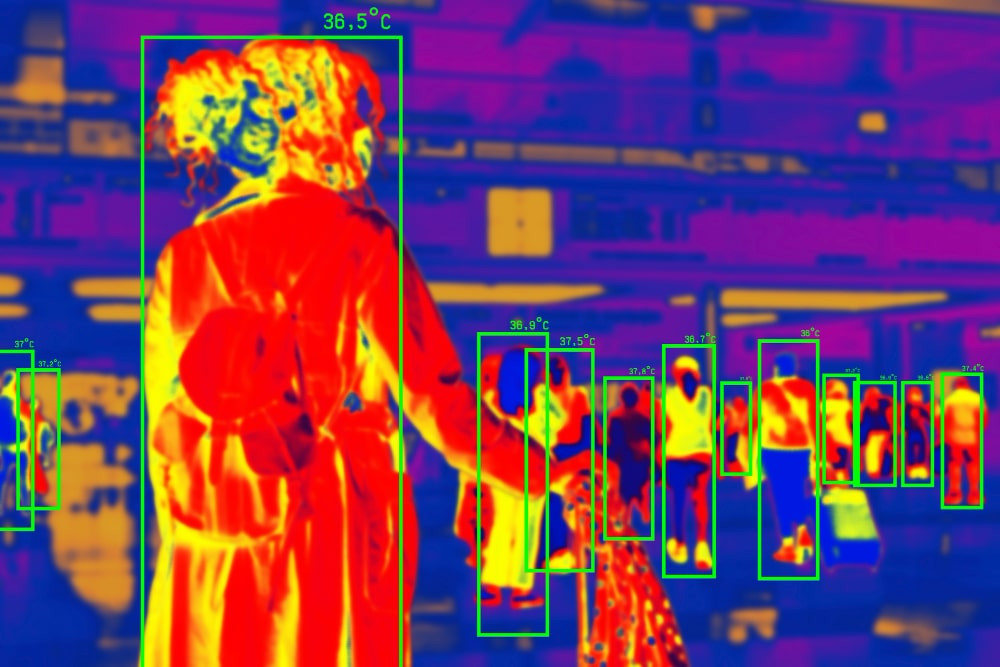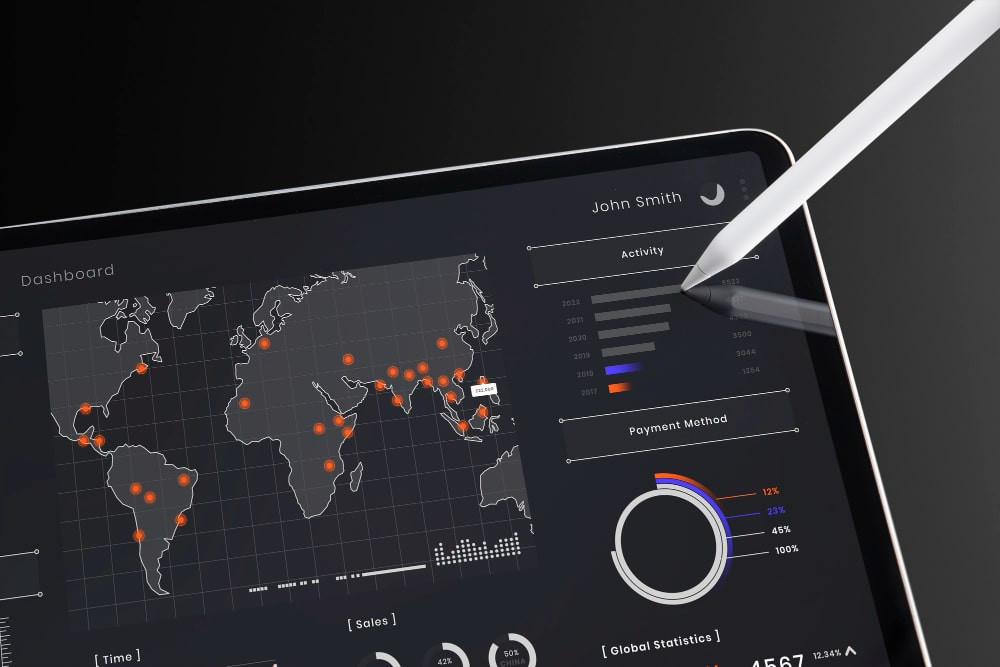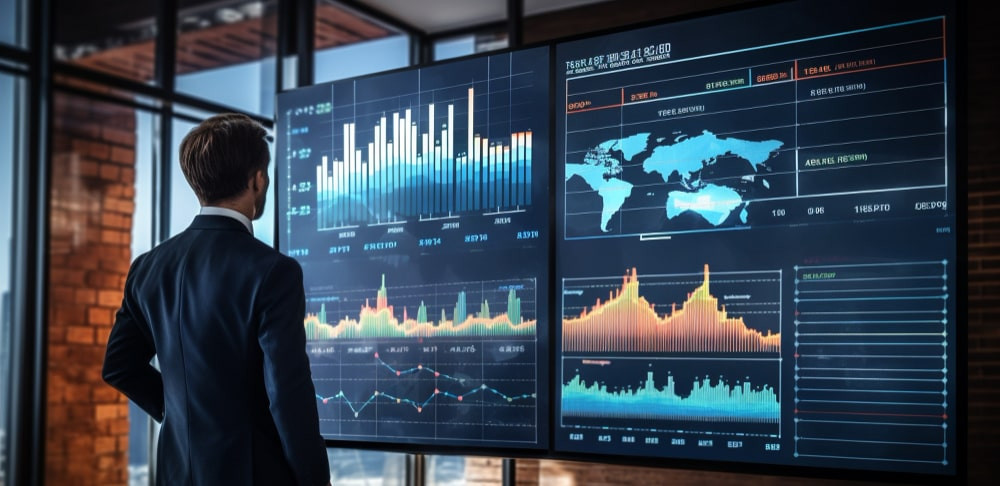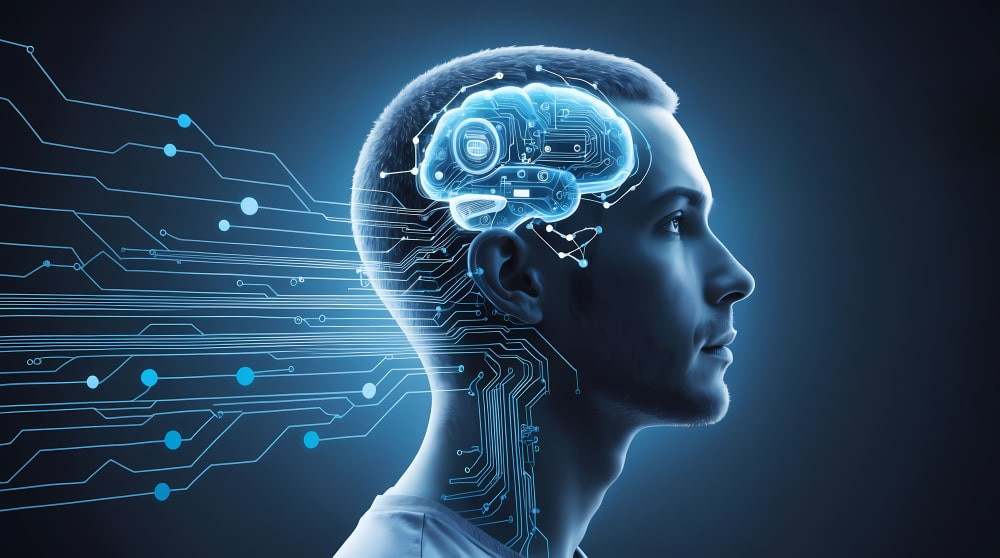Our Computer Vision Systems service enables businesses to harness the power of image and video analysis for automation, security, and data extraction. From object detection and facial recognition to real-time video analytics, we create custom solutions that streamline operations, enhance surveillance, and ensure quality control.
- Object Detection: Automate the identification and classification of objects.
- Video Analytics: Real-time monitoring and motion tracking.
- Quality Assurance: AI-powered defect detection for manufacturing.
This service offers businesses powerful tools to leverage visual data for increased efficiency and security.
 English
English
 French
French
 Dutch
Dutch
 German
German




